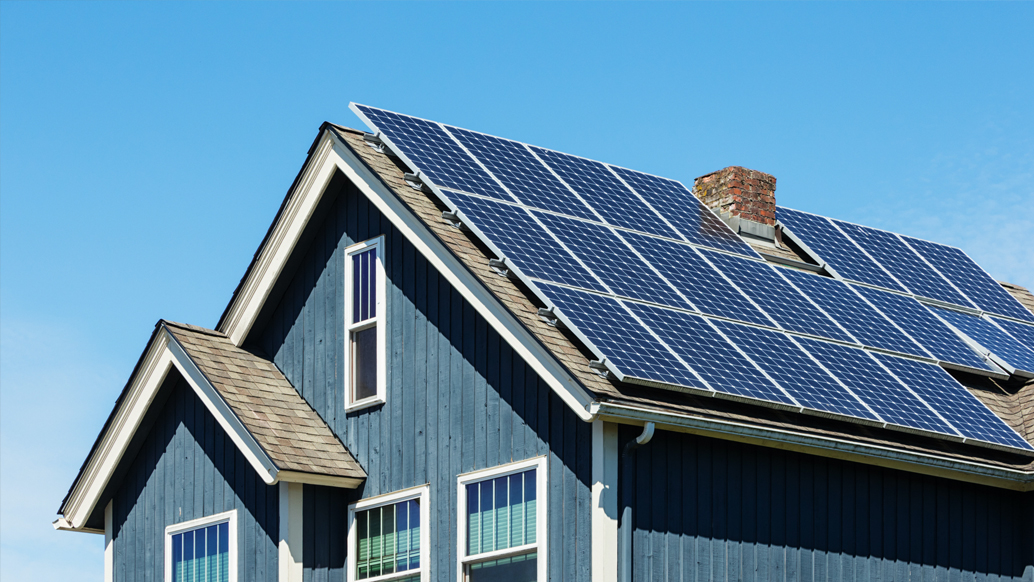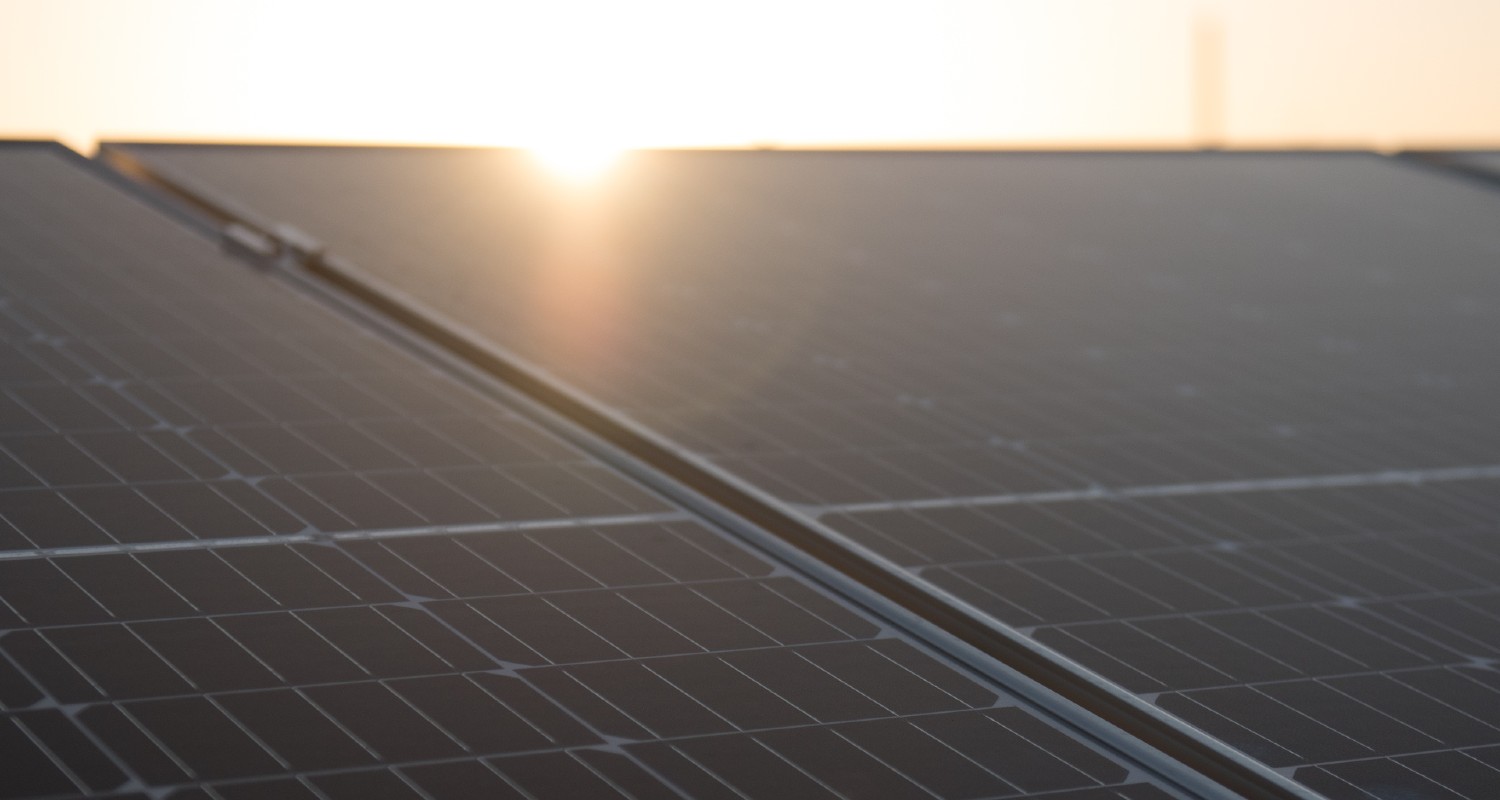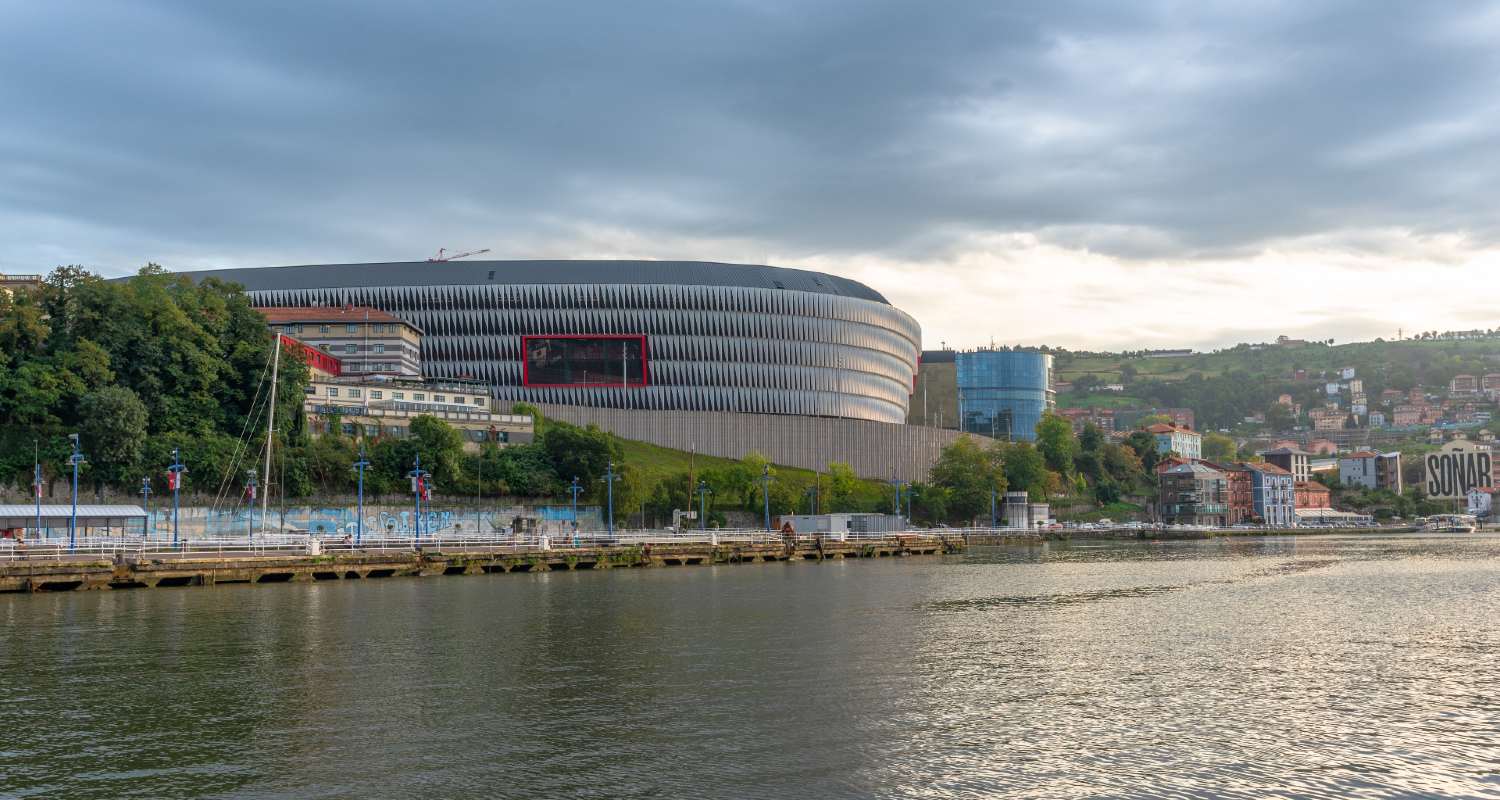
What are solar communities and how do they work?
What are solar communities and how do they work?
Saving and reducing CO2 emissions
One way to generate electricity sustainably is to install photovoltaic solar panels on the roofs of buildings.
Reading time: 5 min
Its 2,600 hours of sunlight per year make Spain the country with the highest level of average radiation in the European Union. This fact leads us to consider the sun as a source of clean, renewable, and above all, accessible energy. An opportunity that's there, ready for us to make the most of it.
How do solar communities work?
How do solar communities work?
They are built around buildings, often residential and sometimes industrial, where photovoltaic panels are installed on the roof to convert solar radiation into electrical energy. This electricity is then distributed to nearby homes or businesses.
In contrast to the traditional, centralized energy production model (e.g., in wind farms or hydroelectric power plants), there is the alternative promoted by solar communities. They are very common, for example, on livestock farms.
The members of these communities join together to install their solar panels, which saves them costs, while contributing to a renewable energy self-consumption model.
To explain how they work, we will focus on the two main figures involved:
- Rooftop owners: They are the ones who install solar panels on their roofs and rooftops. They can be residential communities but also malls, offices, schools, service stations, industries, among others. The energy generated is distributed both to those who install the solar panels and to other nearby places.
- Benefited buildings: These are buildings located within a 2,000 meter radius of the rooftop owners. Their electrical grid is connected or paired to them, allowing them to be fed with the energy generated.
A growing model of generation and self-consumption
A growing model of generation and self-consumption
The benefits of solar energy from an environmental perspective are well known: It's 100% renewable, and it doesn't release any harmful emissions into the atmosphere.
For our colleague Julieta Maresca, Distributed Generation manager at Repsol, “This new energy model for the future is on the rise, among other factors, due to the elimination in 2018 of the so-called sun tax, which taxed the self-consumption of energy produced from solar panels. It's also due to the approval in 2019 of Royal Decree 244 of April 5 regulating the administrative, technical, and economic conditions for self-consumption of electrical energy, allowing the sharing of energy generated by photovoltaic panels among several neighbors who are in agreement.”
The owners of the roofs that create an energy community (schools, town halls, homeowners associations, etc.) provide solar energy to the neighbors around them, without requiring an installation. There are also profitable incentives for consumers such as the possibility of selling the surplus energy produced to energy companies. There are already many examples of solar communities.

Currently, 26,800 homes could start consuming 100% renewable electricity from the sun thanks to Repsol Solmatch
Currently, 26,800 homes could start consuming 100% renewable electricity from the sun thanks to Repsol Solmatch


